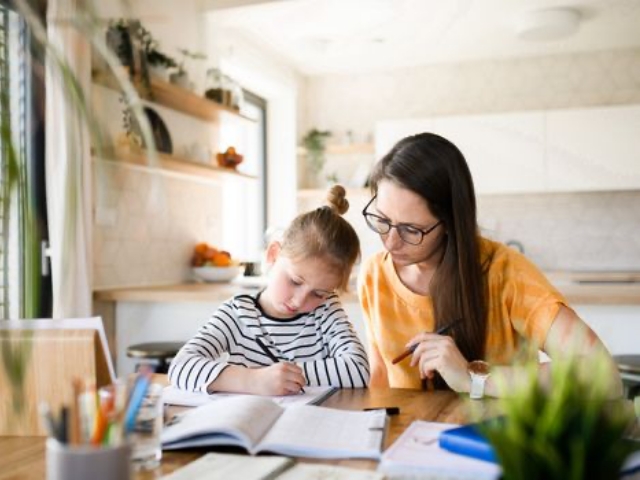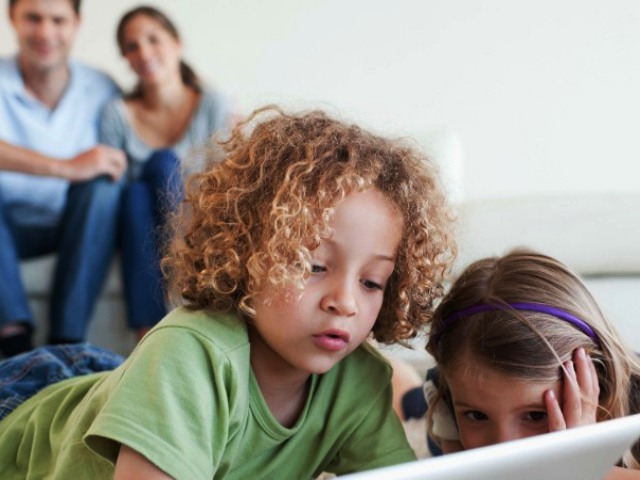Homeschooling: Pros and Cons
“I don’t want to go to school” – all parents have probably heard this phrase. Recently, the dream of schoolchildren has become one step closer because now homeschooling has become famous all over the world. Families have simplified access to three types of individual education: family education, externship, or pedagogical patronage.

These provisions move schoolchildren toward a more flexible education that adapts to the needs of each student and professes child-centeredness. So to decide what is better for a child, parents should know all homeschooling pros and cons.
Extramural form of education

Externship is a way of organizing education, according to which the educational program is mastered by the student independently, and the law carries out the assessment and awarding of academic qualifications (interviews with teachers, school tests).
Family form of education
This form of education organizes the educational process by parents to obtain formal (preschool, entire general secondary) and informal education. Parents are responsible for their children’s education at a level not lower than state standards.

That’s why many parents are afraid to teach children at home. They forget they can use the transtutors review for children’s studying process. This way, parents can find the best educational services, and teaching will become easier.
Pedagogical patronage
It is a way of organizing the educational process by pedagogical workers. It involves the assimilation of the educational program by the student who, due to his psychophysical condition or for other reasons determined by the law, needs this form of education.

Patronage is provided for students from uncontrolled territories or those who cannot attend school due to their health and are forced to receive instruction in medical institutions. It is also suitable for children who are educated in rural schools, where it is impractical to hold classes due to insufficient staff. Patronage involves individual support by a teacher. However, considerable attention is also paid to the student’s independent work. The partnership between parents and the teacher becomes essential because they determine the result and intensity of learning.
The role of the educational institution

Any education requires enrollment in an institution that monitors the learning process and issues a general secondary education certificate. Information on providing individual education services should be indicated on the school’s website.
What’s next?
It is possible to transfer a child to a particular form of education both at the beginning and during the school year, but no later than three months before the annual assessment or final state certification.
During the year, the student completes a semester control, based on the results of which the pedagogical council either extends the child’s stay in individual education or transfers the student to an institutional form. Thanks to personal education, the student retains all the rights and privileges of a regular student:
- uses textbooks;
- can use the school’s infrastructure;
- issues a student card;
- turns to teachers for help;
- participates in competitions;
- is awarded letters of commendation and gold and silver medals.
Pros of studying at home

In the case of homeschooling, a minus balances every plus. However, the impact of negative factors can be permanently reduced.
Homeschooling meets the demands of time
With sufficient skills and self-organization, you can work at home and from anywhere in the world. The same is valid for education.
Homeschooling as a way to save time
Homeschooling allows the family to travel and make their schedule. Parents can plan time for the family, even using other ways, but not only by missing lessons. For example, children can do their homework quickly by using different services. This way, the family can spend more time together.
More effectivity
Parents can devote more time to the child than the teacher. They can work individually.
No conflicts and bullying
Home education is sometimes the only way out if a child’s academic performance drops dramatically due to bullying in the classroom.
Studying at home can be funny
Sometimes parents experiment with educational methods more boldly than school teachers. In the format of home education, the child has more chances to show individuality and to find good teachers and tutors.
Cons of studying at home

As for the disadvantages of particular forms of education, they are also tangible.
Everything depends only on parents and children
Homeschooling is not suitable for everyone. Both parents and children will have to significantly increase the requirements for self-discipline and constantly monitor the plan’s implementation. Statistics show that parents who underestimate the necessary skills and workloads are primarily unprepared.
Teaching is a full-time job
Becoming a teacher for your child means getting a job that will take at least 4-5 hours a day. Mastering the program of even the younger grades may require many more skills and flair than it seems at the beginning, let alone high school or high school. Parents should also remember that their child will undergo a state assessment four times a year, so he should know the material no worse than his peers.
Home and work routines
Psychological comfort, lack of a clear schedule, and pressure can do a disservice in later life. However, if the parents can teach the child to order and responsibility by their example, this is an ideal option.
Parents should be strict
All parents love their children and want the best for them. However, can they take a critical look at the child, assess strengths and weaknesses, be moderately strict and check every page of every work. Parents shouldn’t be parents while teaching, they should be teachers. They should be able to explain to children why writing, reading, and other skills are essential for their future careers. If so, go ahead. But it is worth remembering – homeschooling is not a place for idealization.
Socialization and stress resistance
Sometimes school rules are compared to the law of the jungle. However, they are the ones that give the child primary socialization. The experience of conflicts, communication with different people, and the baggage of everyday situations, reactions, and thoughts undoubtedly increase the child’s stress resistance. The problem can be solved if the children compensate for the lack of socialization by communicating in the yard, circle, or section.
Conclusion
There are many pros and cons of homeschooling, but parents should realize that teaching the child takes time, skill, and perseverance, which not everyone has. The teacher’s task is to ensure that the family objectively assesses the possibilities and can educate the child well at home. So, if you are sure that homeschooling is exactly what your child needs, arrange a place to study at home.






